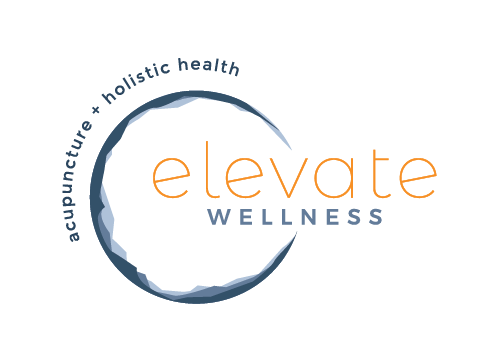CUPPING VS GUA SHA: Whats The Difference?
Over the past couple of years, cupping has gained more attention as professional athletes have been using it to recover from training, competing and to help deal with injuries. You know the marks when you see them – those red or purple circles.
Similarly, facial Gua sha has gained a lot of media attention in terms of the benefits that it provides for skin care – helping to diminish fine lines, making you look younger while giving your face a fresh glow. But did you know that gua sha is a manual technique that acupuncturists use every day to also treat many conditions impacting the rest of the body? Have you ever seen those red and purples marks on someone that look more like streaks vs circles? Those marks are called sha and its a sign that someone had gua sha.
People often ask what the difference is between cupping and gua sha as I often use a combination of both techniques with my patients.
Cupping and gua sha are both manual techniques that move qi and blood. The marks that they leave, called sha, are stagnant blood that can be trapped in the muscles and tissues and this stagnation of blood and qi are key factors that contribute to pain and muscle tension. When we use these treatment modalities, the stagnant blood comes up to the surface and it allows the free flow of qi and blood through the area that is being treated.
Both of these modalities can quickly relieve pain and inflammation. They also break up muscle tension and adhesions that form in the muscles. Cupping is like a deep massage but in reverse. Instead of pushing or pressing the muscle, the cups create a suction by pulling the muscle and fascia upwards. This suction stimulates the flow of qi and blood through the meridians and through the area being treated. Gua Sha is performed by using a gua sha tool. There are many types of tools that can be used including tools made out of jade and other stones but you can also use a Chinese soup spoon or even a lid to a jar. During this treatment, I first apply a massage oil to the affected area, then I use the rounded edge of the gua sha tool in a pushing or scraping motion across the skin and muscle. This scraping technique breaks up adhesions and releases the tension in the fascia and superficial muscle. The result is that it relieves pain and increases circulation allowing the area to properly heal.
In terms of which treatment approach I use, I often make the determination based on a few factor including the area of the body being treated. If someone comes in with headaches or neck pain, and I want to use a manual therapy on the traps or neck, I will generally do gua sha as it treats the area more effectively. As cups need to maintain suction, if it goes over a curved area of the body, the suction can be lost. Thus, gua sha is more effective. Next, there are times when I am working on a patient and I want to use a manual therapy techniques but I want to be able to feel how the muscle actually feels. When I want that type of feedback, I use gua sha. When I’m doing scraping, I am able to feel the adhesions, the trigger points, or other qualities of the muscles and that helps to inform me as I continue the treatment. When I’m wanting to target a larger area, cupping can have a bit more of a wide spread effect where as gua sha is a bit more targeted.
There are also other considerations for when I use cupping. If someone has a history of asthma, cramps, they are fighting a cold, dealing with digestive issues, I will often choose cupping as it can benefit all of these conditions.
As you can see, there are a lot of similarities but there are some nuances that inform a practitioners decisions of which modalities to use and when and where to use them. If you want to know if cupping and gua sha can benefit you, please don’t hesitate to reach out and ask! I’m more than happy to talk to you!
What we can treat with cupping and gua sha:
Pain most anywhere in the body: back, neck, hips, shoulders, arms, and legs
Headaches
Migraines
Plantar fasciitis
Asthma
Allergies
Colds and flus
Digestive issues

